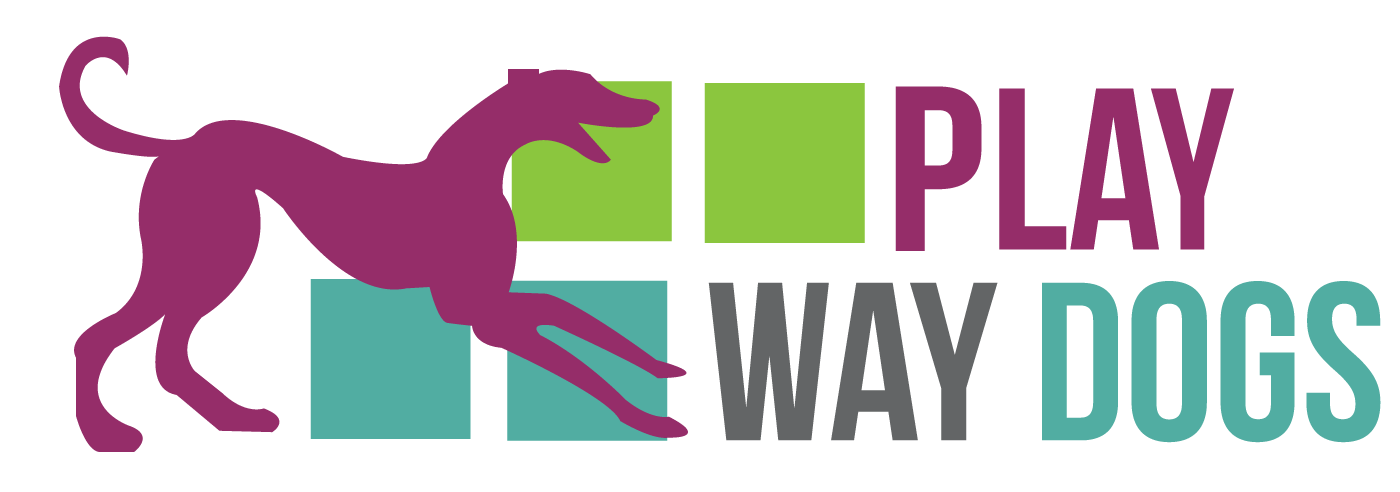I was introduced to clicker training in the late 90’s. This was right when the dog training industry was changing from traditional approaches to positive ones, and clickers were the new tool we had. It was an exciting time, and I remember being very excited by being able to talk to dogs this way and put aside collars and modeling, and even luring, for a while!
Shaping was the new way to explain what you wanted from dogs, and I jumped in with both feet. Resources were few, but there were some listservs (click-l, anyone?), a few websites (clickersolutions.com, which still has an old article of mine up!), and seminars to help us out (hi, Sue Ailsby!). And we had Bob and Marian Bailey.
Bob and Marian lived in Hot Springs, Arkansas, and they ran operant conditioning training camps in their town, drawing animal trainers from all over the world. Marian Breland Bailey was a student of B. F. Skinner, and along with her first husband Keller Breland, took the science of operant conditioning out of that lab and into the private sector. Together with Bob Bailey, they trained animals for government agencies, using them for top secret projects, they trained animal actors for hollywood and local entertainment venues, and fortunately for all of us, they trained so many of us animal trainers in the practical skills of applied operant conditioning. And they trained us on chickens. Yup, they taught dog trainers how to train dogs better, by teaching us to train chickens!
Off I went to Hot Springs, to find out just how little I really knew.
The chicken camp way of doing things was (and is) pretty different from the shaping I’d come to learn from the internet resources and books I’d found. Have a plan? Me? (Nope, I like to just pick up and start.) Criteria shifting? (You mean I can’t wing it and respond to whatever the chicken does, clicking the great stuff I see?) Isolating my markers? (I have to be still?) Think carefully about how I’m feeding? (Don’t I just do whatever I want after the click?) And we only train for 15 seconds? (What?? How can I get anything done?).
Dogs tend to do pretty well with what we throw at them, generally. They keep going, they figure things out even when we’re a bit sloppy, and we have a lot of room to make some mistakes before we teach them something we really don’t want. Not so with chickens. Chickens are very unforgiving learners. They learn very quickly, and are very precise. If you click some behaviors even one time, they’ll take it seriously and give you exactly that, over and over again. One errant click can send you down a path you never wanted, with dozens, if not hundreds of clicks now to get back to where you wanted to go. Chickens will teach you accuracy like no other animal will. A chicken will teach you the importance of a plan. You’ve got no clicks to waste!
Dogs are no less deserving of a clear and structured experience, even if they’re able to make do with something fuzzier. Each of those technical improvements can be life changing, if you let them be. Your animal is on the receiving end of all of your choices, and how you choose to shape them tells them a lot about what learning is like with you, what to expect to feel like, and whether they’ll be frustrated, confused, asked to solve a puzzle with not much to go on, or to follow breadcrumbs down a sure, clear path. The best way to ensure the best experience for your learner is to think ahead of time very carefully about all the choices you’ll make, and to know exactly where you’re taking them and what you will be doing, exactly, to communicate accurately and quickly the behaviors that earn reward.
The whole point of shaping is that you’re explaining something to your dog that you know and they don’t, right? You have in mind that you’d like them to learn to go around a cone, and they know… nothing! They’re not going anywhere at all, according to them. They do a thing that occurs to them, you mark them and feed them. And that’s the extent of what they need to know. One of the best things you can do for them in the learning process is make them feel like all the choices they make are the right ones. Nothing builds confidence like a ton of right answers and generosity coming your way! And while that may be what you know you’d like to do as a trainer, not all choices they could make in a shaping session will lead you down the path to your desired end behavior. To keep them going on their mental path (“yay, I do a thing and food happens!”) but to also keep them going on your intended path (“I really do need them to walk over to the cone and go around it and come back”), you have to really think through every piece of it. Balancing them being right often enough with them actually doing things that lead you to the behavior you have in mind is a delicate thing. Here’s what I suggest: Don’t try it without thinking it all through first, and making a plan.
But if you ever want to see whether your training is as precise and clear as it could be, try to train a chicken. You might be surprised at what they can show you!
I teach a course called “The Science of Dog Training: Think, Plan, Do” at the Fenzi Dog Sports Academy. It focuses on the lessons learned from chicken camp in how to tighten shaping technique and how to make a solid teaching plan for your dog. Enrollment is open now, and class begins February 1st. I also have a webinar on this topic being presented on January 25th. See www.fenzidogsportsacademy.com for enrollment details!


SO looking forward to your Think, Plan, Do class in Feb 2018! Bring it!! Need it!
I can’t wait!